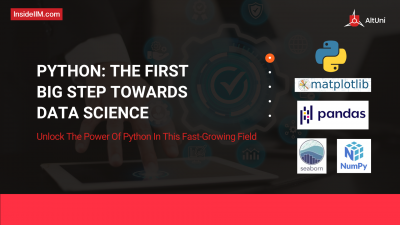


| Feature | Python 2 | Python 3 |
| Print Syntax | print "Hello" | print("Hello") |
| Unicode Handling | Uses ASCII by default | Uses Unicode by default |
| xrange() Function | Available | Replaced with range() function |
| Exception Handling | Uses except Exception, e | Uses except Exception as e |
| Syntax | Less consistent and more verbose syntax | More consistent and streamlined syntax |
| Library Compatibility | Some libraries are not compatible with Python 3 | Improved library support for Python 3 |
| Unicode Support | Limited | Improved and enhanced |
| String Handling | ASCII by default | Unicode (UTF-8) by default |
| Source Code Encoding | No default source code encoding | Source code encoded in UTF-8 by default |